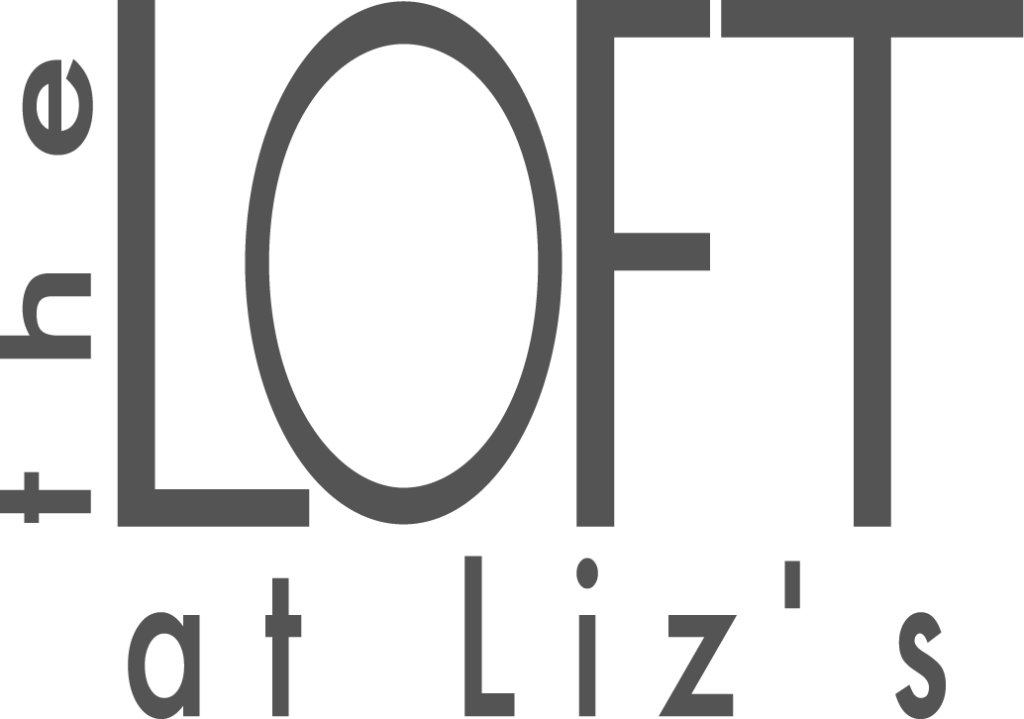FOR IMMEDIATE RELEASE
Event: Memory: an Exploration of Our Space in Time
Participating Artist : Cat Ferraz, Pamela Mower-Conner, Anna Dusi, Amy Shawley, Max Neutra, Derek Baron, and Gail Rodgers
Time: Opening Reception February 9, 2008 7-11pm
Miracle Mile Art Walk February 16, 2008 10-5pm
Location: The Loft at Liz’s, 453 S. La Brea Ave, 90036 (entrance in rear)
For More Information Please Contact: (323) 939-4403 ext 6

The Loft at Liz’s presents, Memory: An Exploration of Our Space in
Time, a group exhibition investigating the relationship between
memory, art, and creativity. The opening reception will take place on Saturday February, 9th, 2008 from
7pm to 11pm.
The very concept of memory is elusive; at the same time, it is
both personal and collective. How to capture such a changeable,
indefinable idea? Whether analytical, ironic or reflective, these
artists examine both personal history and the past, transforming them
in their work. They contend with complex topics such as the
physicality of memory, collective history depicted through the lens
of personal experience, death and the recording of personal memory,
the recreation of space, and the nature of interpretation.
Cat Ferraz’s paintings are careful observations that transcend
beyond a snapshot. They convey a physical sensation that blurs the
line between passing time and a single moment. While soft shadows
envelop her subjects, they are often surrounded with whimsical lines
and colored shapes that create a landscape instead of a timeline.
Ferraz says that an integral part of her creative process comes from
distraction, small moments in time she cannot ignore and is compelled
to record. Ferraz has dedicated this body of work to the small
details that provide the foundation for for these worthy spaces in
time. “The feeling that grabs my attention to it all has never
<
p style=”margin: 0px”>changed, and then I go and paint it, and it circles in change and
time some more, but the different painting fells like the original
feeling. The feeling I capture is my memory of it.”
Looking at the truth of objects and how they relate to life is a
central theme of Anna Dusi’s work. She also comments on the
importance of physicality and how in its absence memory can be
fleeting and temporary.
The notion of collective memory and shared experience gives
Amy Shawley comfort. Her work often depicts abstract and surreal
environments inhabited by faceless female bodies, and these
nondescript figures allow Shawley to connect to various emotional
energies. ” I found that by using my paintings as a form of
communication, I was able to relate to others through our shared
experiences and recycle a negative experience into a positive energy
that had the potential to inspire”
Gail Rodgers often depicts everyday urban scenes that reflect both
her own experience and the observations of society as a
whole. These large scale paintings are layered with elements of
collage paint and silkscreens, providing a tactile description of the
human experience.
By recreating space Pamela Mower-Conner evokes a mood that transcends
beyond any specific space or time. She constructs mysterious
landscapes that are populated by humans and other creatures, creating
something undefinable that embodies the essence of memory and the
subconscious. “The scenes I depict are an intertwining of real
landscapes with those of the mind . Landforms seem to retain the
imprint of past events, this combines with our own personal
projections and mankind’s long history of nature myths. The
resulting landscape is as much about the strata of the mind as it is
layers of rock.” Conner often paints on spherical shapes because she
feels that working without traditional borders she if free to explore
and experience seamless imagery, much like the passing of time itself.<
/font>
Fascinated with the concept of the physiological psychology of the
creative act, Max Neutra is known for his scientific approach to
making art. Max investigates this notion by breaking down the
elements of memory with simple questions that are difficult to
answer: “What are the ingredients that make a memory stick? Effort
+Association? Experience + Emotion? What is happening when a
memory is just out of reach? As you recall the same memory over and
over, does it change? Mature? Fade?… “
Derek Baron’s work has a childlike sensibility that speaks to our
most basic understanding of death. In his piece Delete Ken Green he
questions the memory and the validity of what is left behind after
someone dies. The remains can be both physical and spiritual, and in
this work Baron attempts to record what is no longer.
By attempting to capture, define, and illustrate memory, these seven
artists each show us their personal understanding of the deceptively
simple concept, while at the same time giving us new ways to think
about our own personal and collective experiences.

